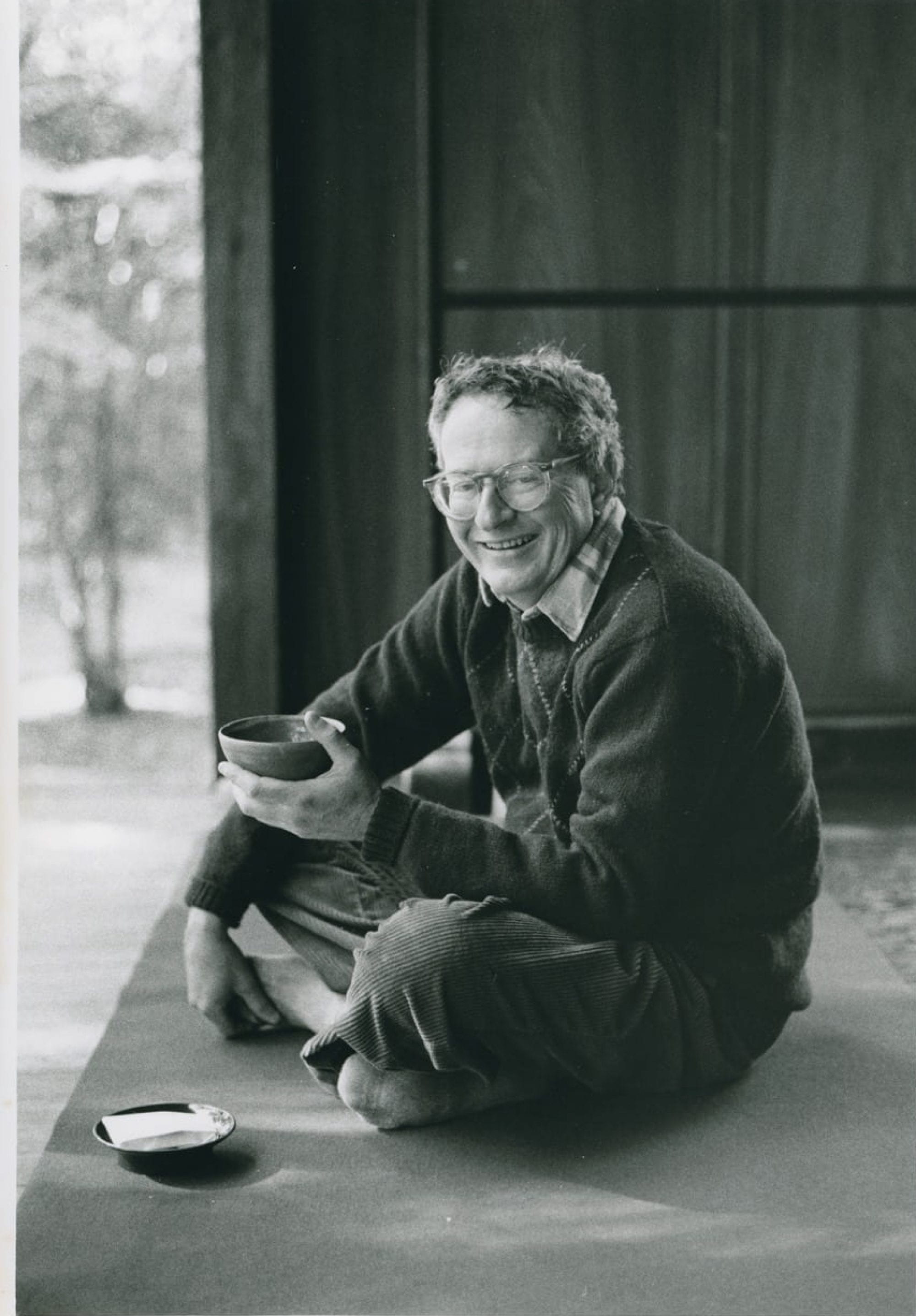Kawanabe Kyōsai 河鍋暁斎 (1831-1889)
Kyōsai gadan 暁斎画談
Volume 1, 2, 4 (of 4)
Publisher: Iwamoto Shun, Tokyo
Meiji period (1868-1912), 1887
Woodblock printed book; ink and color on paper
25.5 x 17.6 cm

In Kyōsai gadan, painter Kawanabe Kyōsai presents the history of painting in two parts. The first part is a painting manual (gafu), representing the works of acclaimed masters, and part two is a biography of the artist himself. The gafu section features masterpieces by artists such as Sesshū and Ogata Kōrin (1658-1716) among many others, copied by Kyōsai himself. Each entry is followed by a brief description of the artist’s painting philosophy as well as his artistic genealogy.
What makes this work different from other gafu of the time is the wide range of painting styles it covers. Kyōsai gadan features paintings of seventy-four masters across various schools of Chinese and Japanese painting. It was unheard of at the time for gafu to showcase highly regarded Kano or Tosa school painters’ work alongside ukiyo-e, the genre of art enjoyed by townspeople, or to include European anatomical drawings normally only studied by those in the medical field. Kyōsai believed that artists should learn from all styles of art to become truly skilled painters.
Kyōsai’s inclusive view of artistic practice is also evident in the way his discussion on painting is presented. Instead of using classical Chinese characters for the text, as was the case with more traditional gafu, Kyōsai opted to use both kana syllabary and Chinese characters, often employing glossing (furigana) to make it easier for the general public to read. A large part of the text also includes English translations, showing that his target audience extended beyond Japanese painters. Kyōsai’s use of English comes as no surprise as he was known to have enjoyed friendships with English speakers. Kyōsai cultivated a particularly close relationship with the English architect Josiah Conder (1852-1920), who later became Kyōsai’s pupil, painting under the name Kyōei.
The latter two volumes of the set are a supplemental biography of Kyōsai written by Uryū Masayasu (1821-1893) and illustrated by Kyōsai. In this biography, anecdotes from Kyōsai’s childhood and the defining moments of his career were woven together to further highlight his philosophy and beliefs as an artist.
Eri Mizukane
Selected Readings:
Jordan, Brenda G. “Kawanabe Kyōsai’s Theory and Pedagogy: The Preeminence of Shasei.” In Copying the Master and Stealing His Secrets: Talent and Training in Japanese Painting, edited by Victoria Weston and Brenda G. Jordan, 86–115. Honolulu: University of Hawaii Press, 2003.
Sadamura, Koto. “Meiji no gafu ‘Kyōsai gadan’ : Kinsei ehon bunka kara no renzoku to atarashii jidai ni okeru tenkai.” Ukiyo-e geijutsu 166 (2013): 20–37.

